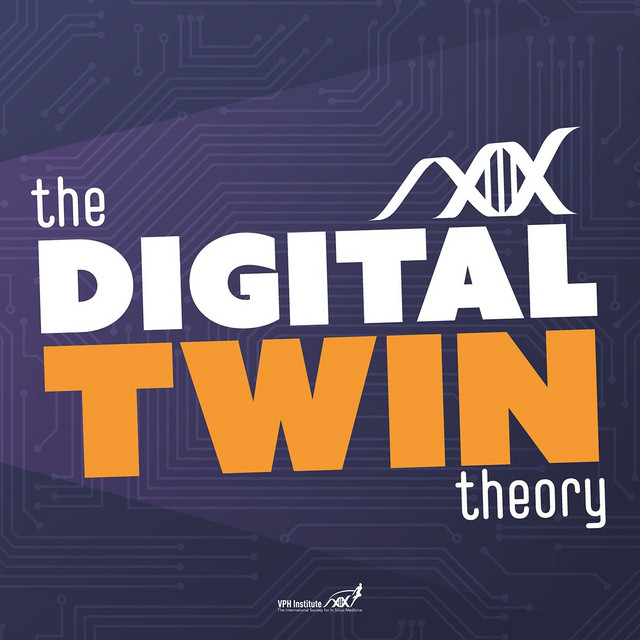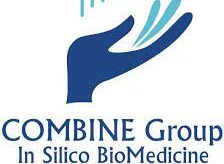Do You Know How Long It Takes for a Drug to Reach the Pharmacy?

Drug development, testing, and approval are intricate processes that typically take 10 to 15 years and cost millions of euros. Most of this time and money are invested in clinical trials, which are essential for proving the drug’s safety and effectiveness. But have you ever wondered if this process could be made faster, cheaper, and safer? The short answer is yes. For the longer answer, we turn to our guest of this episode, Francesco Pappalardo, Professor of Computer Science at the University of Catania.
The Lengthy Journey of Drug Development
The path from a promising molecule to a pharmacy shelf is long and arduous. It begins with initial research and preclinical testing, where potential drugs are studied in the lab and on animals. If these early tests are promising, the drug enters the clinical trial phase, which is divided into three stages:
- Phase I Trials: Test the drug on a small group of healthy volunteers to assess its safety and dosage.
- Phase II Trials: Involve a larger group of people who have the condition the drug aims to treat, focusing on effectiveness and side effects.
- Phase III Trials: Expand to an even larger group, comparing the new drug to existing treatments and further monitoring side effects.
After successful trials, the drug must be approved by regulatory bodies, such as the European Medicines Agency (EMA) or the U.S. Food and Drug Administration (FDA). This approval process itself can take several years.
The High Costs of Clinical Trials
Clinical trials are the most expensive part of drug development. Recruiting participants, conducting tests, monitoring outcomes, and analyzing data require significant financial investments. Additionally, the need for ethical considerations and ensuring participant safety adds to the complexity and cost.
Can We Accelerate the Process?
According to Professor Francesco Pappalardo, the answer is a resounding yes. Advances in computer science and technology offer promising solutions to streamline drug development:
- In Silico Trials: These are computer-simulated trials that model how a drug interacts with human biology. By using advanced algorithms and data, researchers can predict outcomes and potential side effects without relying solely on animal or human testing.
- Artificial Intelligence (AI): AI can analyze vast amounts of data faster than humans, identifying potential drug candidates and predicting their effectiveness. This can significantly cut down the initial phases of drug discovery.
- Personalized Medicine: By understanding genetic differences between individuals, researchers can design drugs tailored to specific populations, increasing the chances of success in clinical trials.
Conclusion
While the traditional drug development process is long, expensive, and complex, technological advancements offer hope for a more efficient future. By leveraging in silico trials, artificial intelligence, and personalized medicine, we can make drug development faster, cheaper, and safer for both animals and humans. Professor Francesco Pappalardo’s insights highlight the potential of these innovations, pointing towards a future where life-saving medications can reach patients more swiftly.
Stay tuned to our blog for more in-depth discussions and expert insights into the world of science and medicine.

